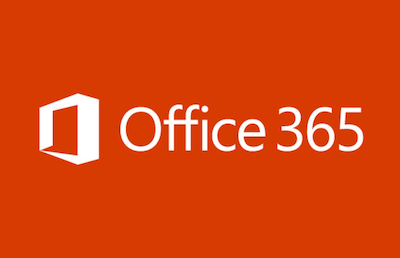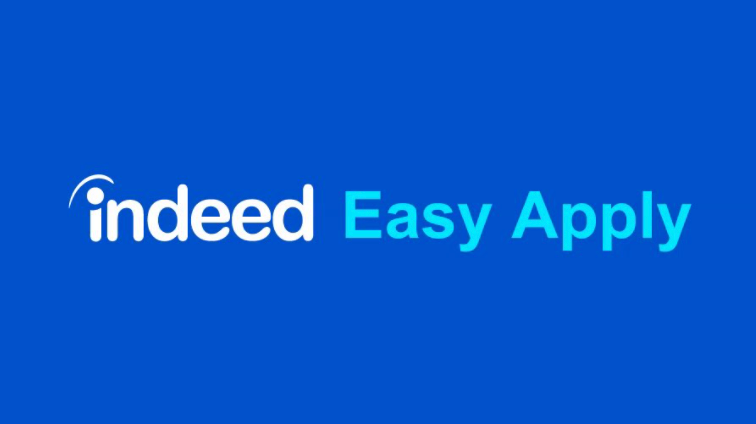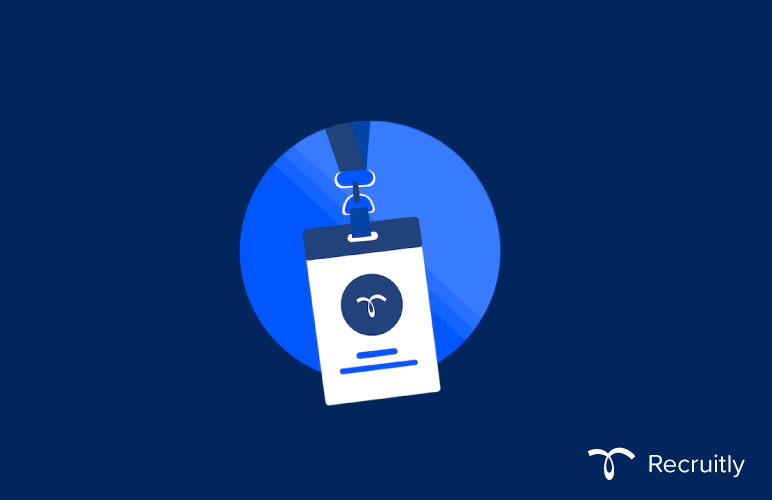Interviewing is a vital component of recruitment. Experts spend numerous hours trying to figure out the best interview structures and questions to gain impeccable results. But still, candidates somehow end up at your company who may not fit in or qualify for the job. Perhaps they would be a great hire elsewhere or in a separate department, but not for that specific role. Maybe they don’t mesh well with the other team members.
When hiring, you are not just hiring for one job position, you are hiring for your entire organisational function.
Read on to learn tips and tricks to upgrade your interview process and get the best data from candidates.
An unstructured interview goes a long way.
Though many employers may consider formal and rigid interviews are the way to go to ensure their candidates can handle themselves in the utmost professional manner, many hiring directors have switched up their style. Casual, less structured interviews can ease stress among applicants, which allows the employer to better understand someone’s personality and how they may or may not fit into the organisation.
The unstructured interview is essentially a conversation. Instead of the typical question and answer format, don’t be afraid to steer away into a discussion on industry-related topics. This way, you can weave in essential questions casually while also testing the knowledge of the candidate. This strategy is not merely to make the candidate more comfortable.
There is still a lot of pressure in an interview. So, you’ll see how applicants handle themselves under pressure.
Ask unexpected questions about a candidate’s ability to deal with bad situations.
It may seem obvious but throwing an unanticipated question your applicant’s way will give you essential insight. One way to do this is to think of an extreme example of an actual workplace conflict.
Knowing how an employee will handle the most heated and stressful situations, or at least hearing their initial thoughts on what they would do, will generate a sense of confidence for the employer or indicate that this person is not ready for the job.
Push for real examples of how a candidate has achieved success in the past.
Don’t be fooled by charismatic potential employees who may get by without proving they have done work that qualifies them for the role. Make an effort to leave the interview with concrete examples.
Watch out for those with big egos.
We all want our employees to display confidence and professionalism. But, be sure not to confuse these essential qualities for a big ego and cockiness.
Candidates who have these characteristics may cause tension among other staff, contribute to low morale, and think that particular work is underneath them. They might not be the team player you are looking for.
Diversify your hiring committee.
Conventional hiring processes do not incorporate various perspectives within their hiring committees as much as they should. Think about creative ways to include diverse perspectives.
This will help avoid any implicit bias, promote diversity in an organic way, and could bypass the perfect candidate falling through the cracks.
The interview should focus on a candidate’s growth.
One of the best practices for interviewing candidates to find the perfect fit is to ask questions about an applicant’s transitions and growth. For instance, inquiring into someone’s ideal role in comparison to their last one will hopefully illustrate their motivation, or it may show a lack of drive. Supplement this question with an inquiry about where they see themselves in a few years.
This can support employers in finding dedicated employees who are looking to stick around. For more insight, ask about who the applicant looks up to professionally. It will provide relevant information on how the candidate seeks growth.
Ask the candidate what it takes to succeed in this particular role.
Connect the interviewee to the position in reverse by asking which qualities are ideal for this distinct profession. It will expose candidates who may not know what they are talking about and highlight those who do.
The interview should also explore an applicant’s transition points.
Instead of asking why applicants have gaps in their job history, focus more on what went into the decisions to leave specific organisations.
We want to understand a potential employee’s decision-making skills, and this question helps with that. Also, remember that nowadays, it is way more common for workers to switch jobs frequently. Before you hold it against them, explore this line of questioning.
Keep the big picture in mind.
This one may go without saying. It can be a challenge to find a candidate that fits the position requirements and fits into a team and culture.
While preparing for the interview, be sure to incorporate questions and examples that speak to the company’s values.
Each interview is a unique experience. Keep building from this list to develop the best program for your company that will positively impact recruitment and retention.









